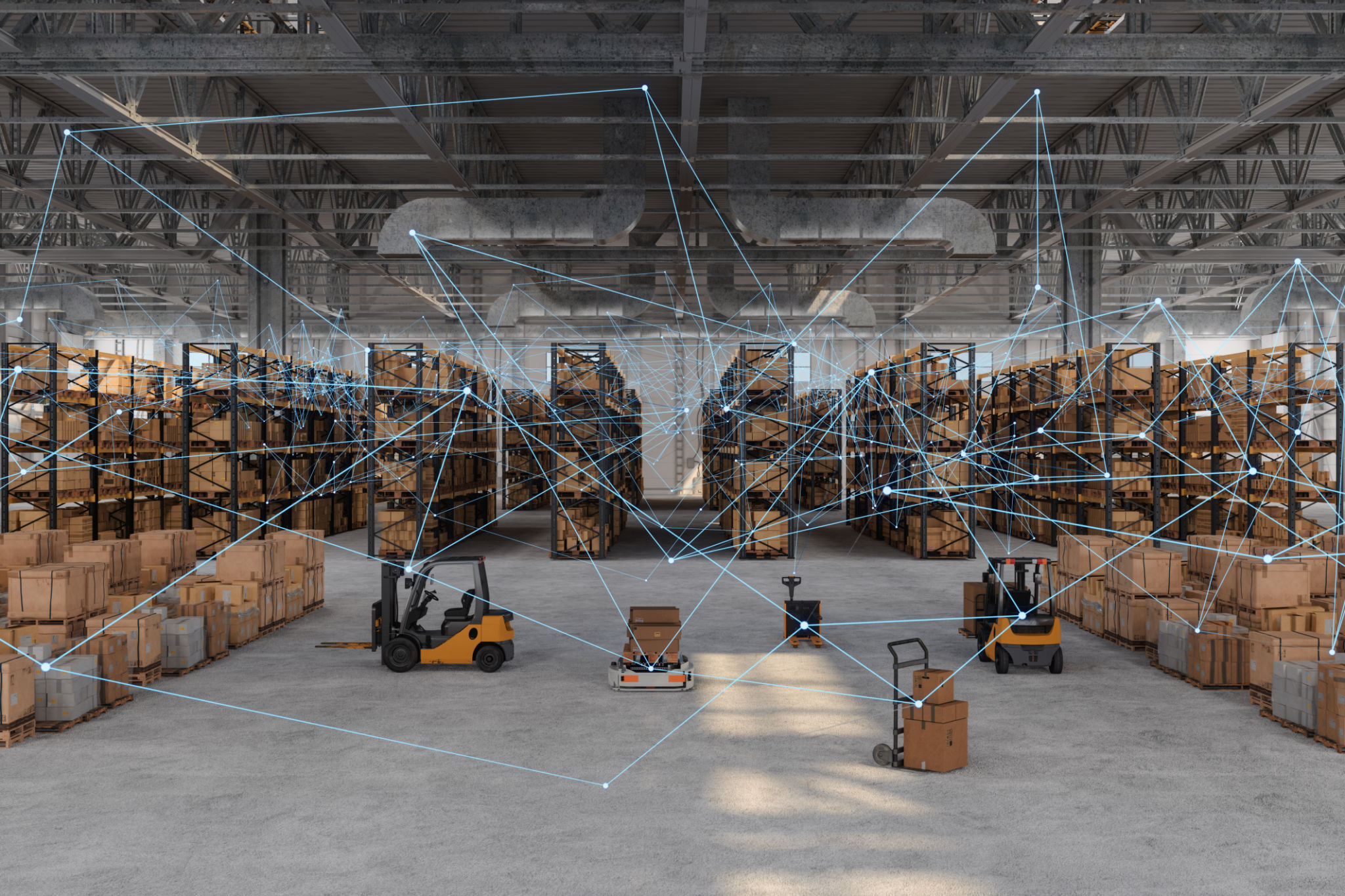Common Myths About Avian Protection Devices Debunked
Understanding Avian Protection Devices
Avian protection devices play a critical role in safeguarding bird populations by mitigating the risks posed by human-made structures. Despite their importance, there are several myths surrounding these devices that can lead to misunderstandings about their effectiveness and necessity. In this post, we'll debunk some of the most common myths about avian protection devices.

Myth 1: Avian Protection Devices Are Not Necessary
One of the most pervasive myths is that avian protection devices are unnecessary because birds can naturally avoid obstacles like power lines or wind turbines. However, studies have shown that birds often collide with these structures, leading to significant injury or death. These devices are specifically designed to increase visibility and reduce collision risks, proving their necessity in areas with high bird activity.
Myth 2: They Are Ineffective
Another common misconception is that avian protection devices do not work. In reality, when properly installed and maintained, these devices can significantly decrease bird mortality rates. For example, bird diverters and line markers have been shown to reduce collision rates by up to 90%. The effectiveness of these devices is well-documented in scientific literature.

Myth 3: They Are Expensive
Some believe that implementing avian protection devices is cost-prohibitive. While there is an initial investment involved, the long-term benefits often outweigh the costs. These devices not only protect bird populations but also help companies comply with environmental regulations, potentially avoiding fines and enhancing their public image.
The Environmental and Economic Benefits
It's important to consider both the environmental and economic impacts of avian protection devices. Environmentally, they contribute to the preservation of bird populations, which are vital to ecosystems as pollinators and pest controllers. Economically, they can prevent costly outages and repairs resulting from bird-related incidents on infrastructure.
Myth 4: They Are Difficult to Install
Some people assume that avian protection devices are complicated to install. However, many of these devices are designed for easy installation and maintenance. Manufacturers often provide detailed instructions and support, ensuring that the devices are installed correctly and function as intended.

Myth 5: All Devices Are the Same
Not all avian protection devices are created equal, and it's a myth that one type fits all situations. There are various types of devices available, each tailored for specific environments and situations. For example, bird diverters are ideal for power lines, while mesh nets can be used for buildings and structures. Choosing the right device depends on several factors, including the species of birds present and the specific risks they face.
Conclusion
Debunking these myths is crucial in promoting the broader adoption of avian protection devices. By understanding their true benefits and functionalities, we can better appreciate their role in protecting bird populations and maintaining ecological balance. As awareness grows, so too does the opportunity to enhance our environmental stewardship through effective avian protection strategies.